
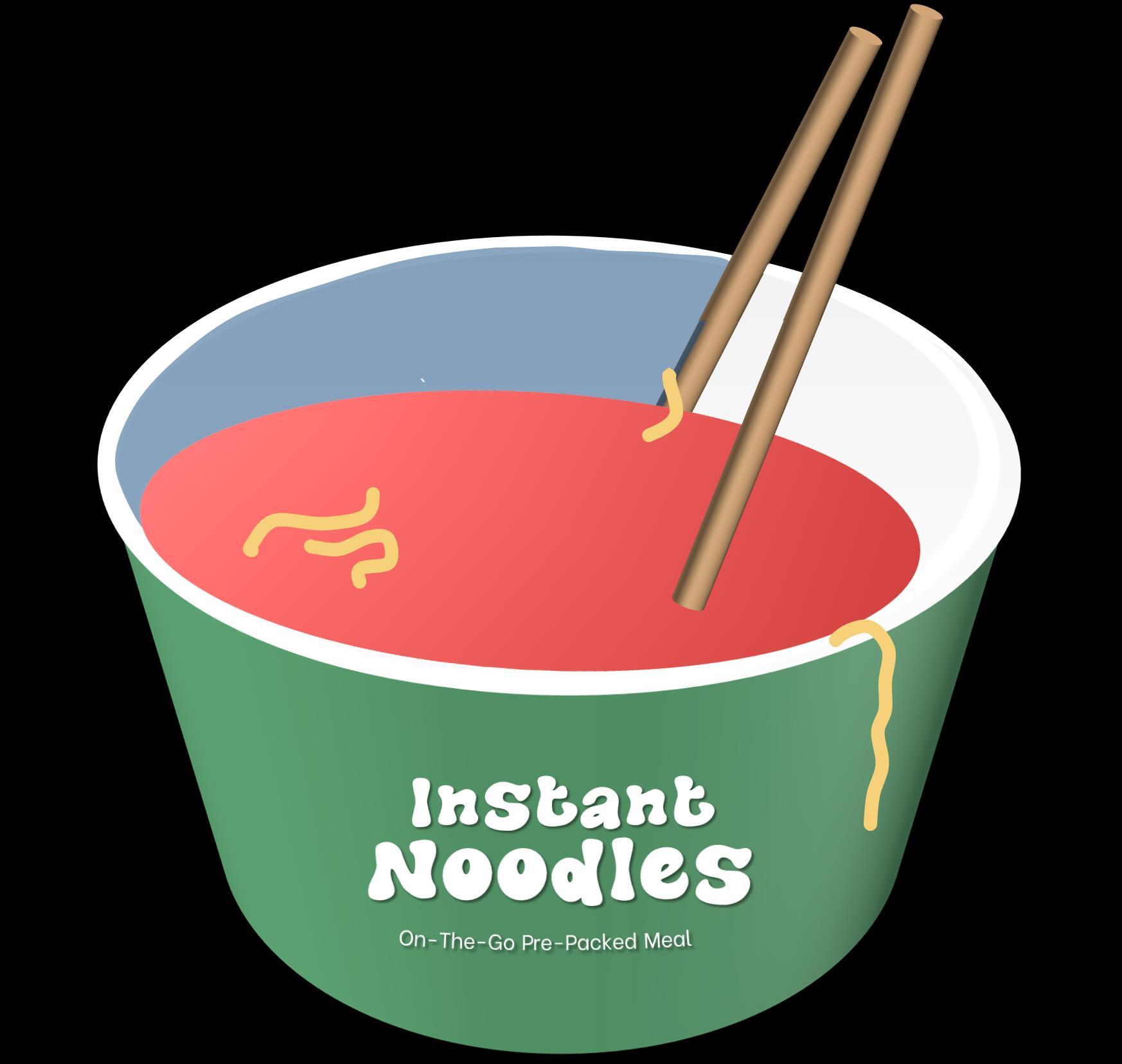

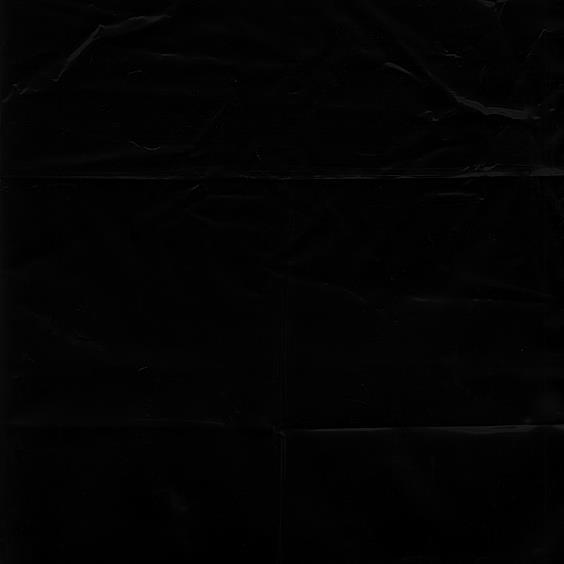





As we ascertained, art has two innate characteristics: (a) Its complexity and (b) ambivalence. As an ever-evolving sociocultural and geopolitical concept, art remains an intricate piece of humanity that is difficult to capture and unilaterally represent. To this end, art must be appreciated in its most thought-provoking form, plural and contextual to the audience.
As a summary of a semester's worth of studying critical perspectives in the arts, this creative magazine uses the language of art to expound on the interplay between and among Filipino art and broader artistic discourses. More specifically, we address questions within the field of art that reconcile its complexity and ambivalence vis-a-vis a post-structuralist interpretivist paradigm.
Against this backdrop, this creative output answers the following questions:

1. How do changes in Philippine society correspond to the changes in art and vice versa?
2. What is the most applicable definition of Filipino art?


3. What is the intersection between Filipino art, politics, and culture?


4. Does art define the maker, or does the maker define art?
5. In distinguishing Human and Artificial intelligence art, is the latter a sociocultural development of a new art style?





Anchored on Capitalism and Neoliberalism, this creative magazine appraises art and artistic discourse given the status quo.
As mentioned, art is complex and ambivalent, contingent on where it applies and how it is treated. While artistic discourse situates art to pivot positive social change, it is interesting to look at art in the face of the ubiquity of capitalism and neoliberalism and the implications both contextual cultures bring about art in the Philippines and beyond. Specifically, we surmise the predominant "financial" and "hustle" cultures and how they have inevitably affected art production and appreciation.
Thus, this magazine barrow from common descriptions of work and capital, which looks like (a) long night hustles, (b) overworking, (c) prepacked food as a form of indulgence, and the (d) pressures of work-life balance. On this front, we invoke the term "Lundag" (to sink; to descend or submerge into a liquid or similar substance) to substantiate how art has sunken into the depths of the capitalists and neoliberal institutions.







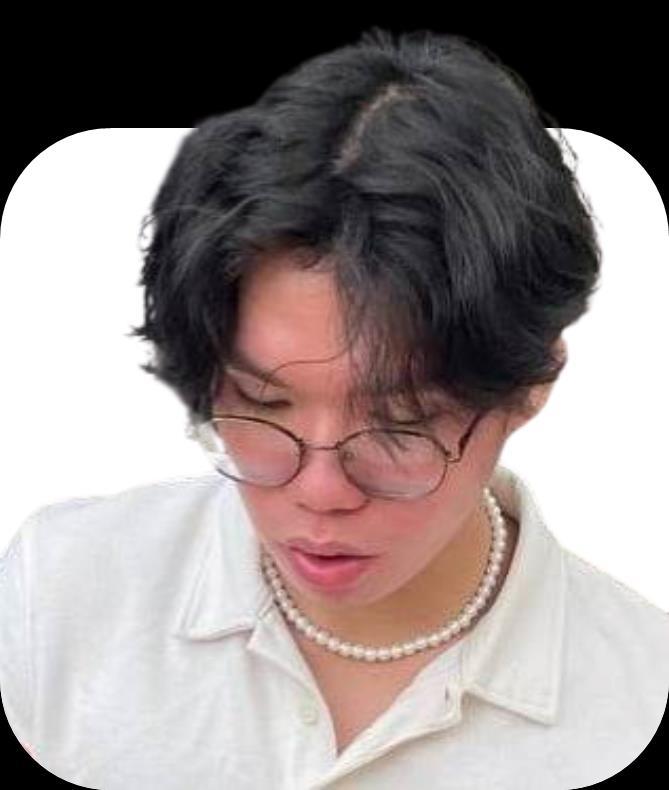



 John Carlo Oboy BA Communication Research
Jesy Macasaet BA Theater Arts
Cassandra Solliman BS Industrial Engineering
Ivan Gallevo BS Architecture
John Carlo Oboy BA Communication Research
Jesy Macasaet BA Theater Arts
Cassandra Solliman BS Industrial Engineering
Ivan Gallevo BS Architecture
Curated Spotify Playlist

Art in Modern Philippines


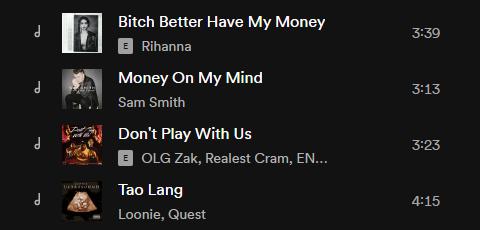
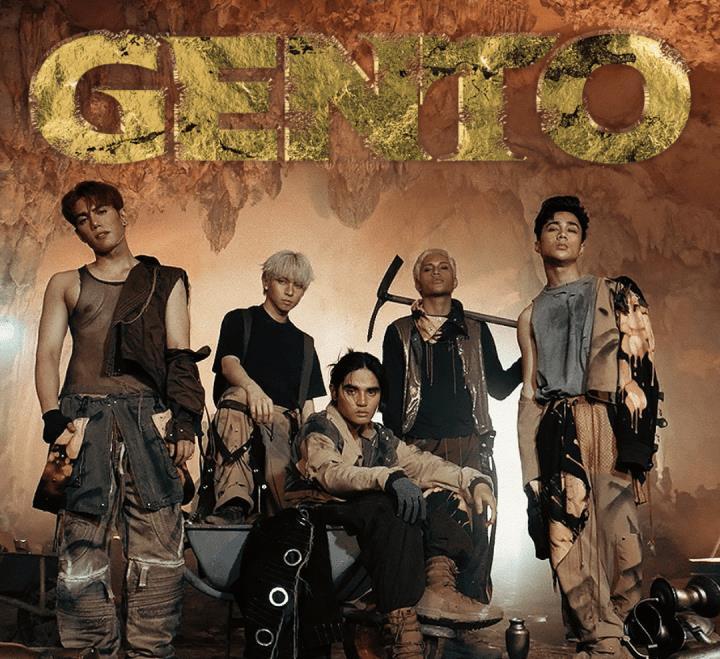
Pinoy Group Artists
Lundag: Creative Magazine
Feat.ShengBelmonte
Pinoy Rapper
Lundag: Creative Magazine

Art plays many roles depending on various intervening factors that account for an artist's intention, subtext, and expression. In the Philippines, art has been used to instill national consciousness, which has been key in a variant of Filipino art that focuses on protest and covert resistance against social institutions, among others (see Mateo, 2016) However, the context where art appears to be a form of protest is contingent on the ubiquity of social injustice At present, with a slight conservative backsliding in the country, where a portion of the Filipino population is progressive and liberal, it is worth noting that art is also used to show support (e.g., Tarantadong Kalbo's Tumindig artwork).


Unfortunately, subgroups operating within the progressive Filipino fraction are niche (Rocamora, 1993) In fact, we stipulate that most art forms in the modern Philippines are all anchored on two social facets (a) capitalism and (b) neoliberalism. More specifically, the continuous commodification of art underscores the current capitalistic system that focuses on the monetary value of art and its distribution amongst audiences (Bryant, 2019) For example, Richard Gomez's artwork embodies this capitalistic nature, where simple line work is sold for heinous prices Among many themes, neoliberalism art styles are the most commonly commodified, including songs that allude to the importance of worklife balance, premised on the busy and fast life within Filipino society (e.g., SB19's Gento).
Taken together, it is clear that the changes in Philippine society correspond to the changes in art (i e , focus and subtext) and vice versa On the one hand, they can represent progressive ideations like protest and support. On the other hand, they can also represent normative cultures and expectations. It is worth noting that the correspondence of art with society is interwoven with the latter's oscillations; to this end, art can simultaneously exist as normative and emancipatory



















Artificial intelligence in its art form is best captured by San Pascual’s (2014) apparetgeist model. Accordingly, social processes permeate within technologies which account for a user’s social and personal contexts. As a precursor, Katz and Aakhus (2002) argue that the use of technology is not constrained by the design of the machine, but is used through the social processes instigated within the machine brought by the user’s intention to maximize technology. On this front, we understand how AI art is , indeed, a sociocultural development that is a byproduct of technology and the human interests.
It is worth noting that technology underscores capitalism and neoliberalism; as a machine that enables breakneck work and income-generation, it can be inferred that artificial intelligence as an art form is birthed by the intention of capitalists to profit from technology vis-a-vis art production.
Additionally, AI is called artificial intelligence because it cannot replace human intellect, however, it possesses that technology has its own mind, generates human ideas and can easily be utilized without cultural respect. The conversation is not just for the painter and his art, it reproduces, imitates, and reforms.
Who would know that these girls in two photos were the same? AI art can develop more advanced than human sociocultural aspects. Without human consciousness, it created a different world perspective. Technology puts people in it. While human art lets society talk about it, AI art will respond to what it wants to society; to be manipulated.

The intersection between Filipino art, politics, and culture is dynamic and multifaceted. Filipino artists use their creativity to engage with political issues while drawing inspiration from the country's rich cultural heritage. Political dynamics influence cultural expressions, and culture, in turn, affects political identities and aspirations. This intersection serves as a vital arena for social commentary, cultural preservation, and exploring Filipino identity in an ever-changing global context.
They are like intricate strings which are interconnected, jumbled, and finitely infinite. Filipino art, without politics and culture, lacks the substance we crave for art. Furthermore, politics and culture without art lack substantial representation for the masses.
Like what has been mentioned, capitalism and neoliberalism are threads meshed within Filipino art that is part and parcel of the prevalent political and cultural constraints. How we appreciate art is rooted in its monetary and economic value that places its net worth and invested output superior to all other aspects of an art piece (see Velthuis, 2003). It is worth noting that this way of thinking is further entrenched in Filipino governance that places value upon overworking Filipinos with apparent disdain over those who have silently quit and the culture that synonymizes personal growth with an employer's gain (Desiderio, 2023).
Appadurai, A., Bockman, J., Heinich, N., Konings, M., La Berge, L.C., Lovink, G., Prado, I., & Thayer, W, (2021). Art under Neoliberalism. ARTMargins,10(3), 126158. https://doi.org/10.1162/artm_a_00303
Bryant, J. (2019). Artmaking in the age of global capitalism: Visual practices, philosophy, politics. EdinburghUniversityPress.
http://www.jstor.org/stable/10.3366/j.ctvrs91hz
Desiderio, L. (2023). 60%ofworkersquietlyquitting,studyreveals.Philstar.
https://www.philstar.com/business/2023/01/06/2235578/60-workers-quietlyquitting-study-
reveals#:~:text=Quiet%20quitting%2C%20which%20was%20popularized,only%2 0got%20into%20it%20recently.

Katz, J.E., & Aakuhus, M. (2002). Conclusion: Making meaning of mobiles – a theory of Apparatgeist. In J.E. Katz & M. Aakuhus (eds.), Perpetual contact: Mobile communication, private talks, public performance, 301-318. Cambridge: CambridgeUniversityPress.https://doi.org/10.1017/CBO9780511489471.023
Mateo, F. (2016). Challenging Filipino colonial mentality with Philippine art.
[Unpublished Master's Thesis] https://repository.usfca.edu/thes/196
Rocamora, J. E. (1993). Philippine progressive NGSOs in transition: The new political terrain of NGO development work. PhilippineSociologicalReview, 41(1/4), 1–18.
http://www.jstor.org/stable/23898154
San Pascual, M.R.S. (2014). Living through the parameters of technology: Filipino mothers in diaspora and their mediated parenting experiences. Plaridel(11)1. https://tinyurl.com/yckvuzcd
Velthuis, O. (2003). Symbolic meanings of prices: Constructing the value of contemporary art in Amsterdam and New York galleries. TheoryandSociety, 32(2), 181–215. http://www.jstor.org/stable/3108578
John Carlo Oboy
John Carlo Oboy
Ivan Gallevo
Justin Matibag
Jesy Macasaet
Cassandra Solliman
